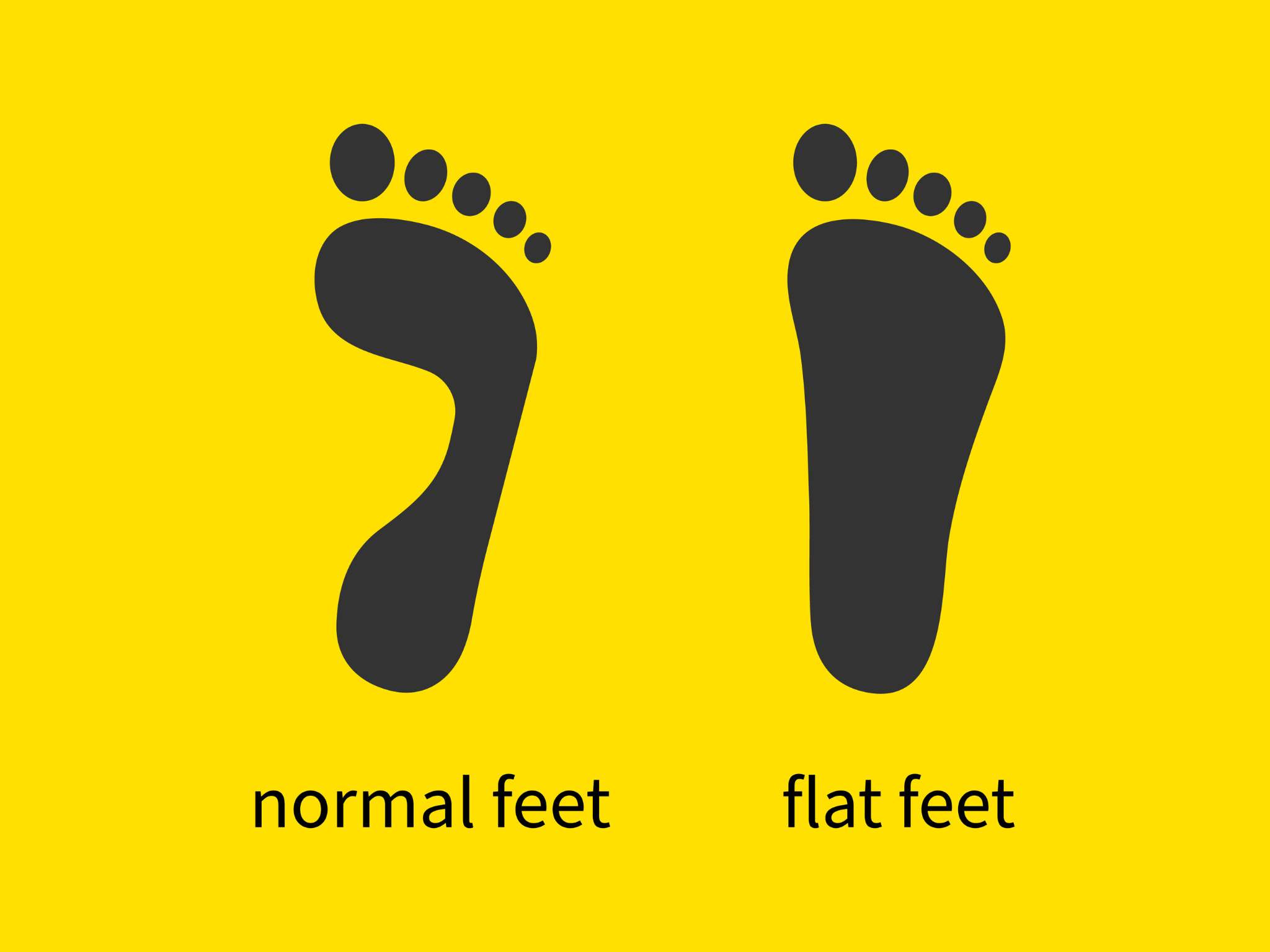Running with Flat Feet? Here’s How to Reduce Your Risk of Injury
Running with flat feet can present unique challenges, but at Advanced Foot and Ankle Centers of Illinois, we want to assure you that having flat feet doesn’t mean you have to abandon your love for running. In this blog, we will explore the intricacies of flat feet, their potential causes, and the specific issues they can pose for runners.
Furthermore, we will provide valuable insights into how to prevent pain and injuries while running with flat feet, emphasizing the importance of proper footwear, running technique, and seeking expert guidance.
Understanding Flat Feet and Their Causes
Flat feet, also known as fallen arches, are a common condition that can significantly impact your running experience. The arches in your feet play a vital role in absorbing and redirecting the shock generated during walking and running. When you have flat feet, your arches are either very low or virtually absent, reducing their ability to support your body weight
Flat feet can manifest in two forms: rigid and flexible. In the rigid form, the arch remains flattened consistently, while those with flexible flat feet may exhibit a standard arch when not bearing weight but experience arch collapse when they do. This flexibility can lead to instability during running, potentially causing discomfort and pain.
The causes of flat feet can be diverse. For some individuals, flat feet are hereditary, meaning they inherit the likelihood of underdeveloped arches from their family. Additionally, aging or injuries to the tendons and supporting connective tissues can contribute to arch collapse. Understanding the root cause of your flat feet is crucial in managing the condition and making the necessary adjustments for running.
The Challenges of Flat Feet for Runners
Not everyone with flat feet experiences problems. In fact, around 20-30% of the general population has flat feet without any associated symptoms. However, for some individuals, flat feet can affect their movement patterns and lead to excessive stress in areas that can cause pain.
One of the primary issues associated with flat feet in runners is overpronation. Overpronation occurs when the foot rolls excessively inward during the stride, reducing the foot’s ability to absorb shock and altering the functioning of muscles and other tissues.
Over time, this can lead to discomfort and potential injuries such as plantar fasciitis, shin splints, and more. It’s essential to recognize the signs of overpronation and take steps to address it.
While overpronation is a significant concern for runners with flat feet, it’s crucial to remember that flat feet can influence your gait and potentially result in misalignment and pain. It’s not just about overpronation; it’s also about maintaining proper balance and alignment throughout your running stride.
Preventing Pain and Injuries While Running with Flat Feet
Running with flat feet is entirely possible with the right precautions. Your choice of running shoes plays a pivotal role in reducing the risk of injury. When selecting running shoes, ensure they offer a proper fit, adequate cushioning, arch support, and, if necessary, stability and motion control features. These features can help compensate for the reduced arch support of your flat feet and mitigate the risk of overpronation.
In some cases, custom orthotic inserts may be recommended to provide specialized support and motion control. These inserts can be tailored to your specific foot structure and running style, offering an extra layer of protection against injuries.
In addition to the right footwear, your running technique matters. Start every run with a gradual warm-up to prepare your muscles and joints for the activity. Focus on running on softer terrains, such as flat dirt trails or asphalt, as they can absorb impact better than concrete or pavement. Avoid uneven surfaces that can exacerbate overpronation or lead to other issues.
Pacing yourself is essential. Gradually increase the intensity, distance, and speed of your runs to minimize the risk of injury. Pushing yourself too hard too soon can put excessive strain on your feet and increase the likelihood of discomfort and pain.
Seek Expert Guidance
If you experience consistent pain in your heels, shins, or other areas while running with flat feet, it’s crucial not to ignore these symptoms. Seeking expert guidance from the experienced team at Advanced Foot and Ankle Centers of Illinois can be invaluable.
Our healthcare professionals and podiatrists can identify the source of your discomfort, provide a comprehensive assessment of your feet, and recommend a suitable course of action to ensure you can continue running safely and comfortably.
Our experts may suggest physical therapy, specific exercises to improve foot and leg strength, or even gait analysis to identify and address any abnormalities in your running form. We can also guide the use of braces or supports if needed.
In some cases, more advanced treatments or surgical options might be considered, but these are typically reserved for extreme cases where conservative measures have proven insufficient.
To schedule an appointment or learn more about injury treatment and prevention, contact Advanced Foot & Ankle Centers of Illinois today. Our team of dedicated professionals can provide personalized guidance and support to help you manage and overcome the challenges of running with flat feet. Don’t let flat feet hold you back from pursuing your passion for running – with the right approach and expert guidance, you can continue to enjoy the sport while minimizing the risk of pain and injuries.


